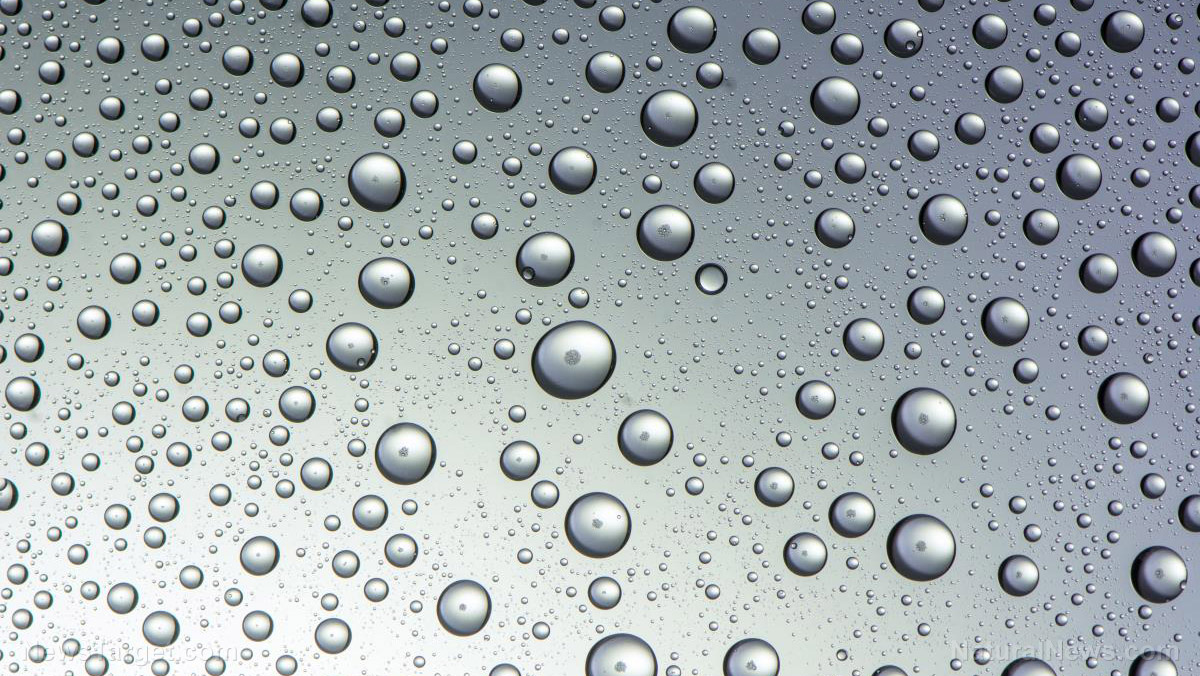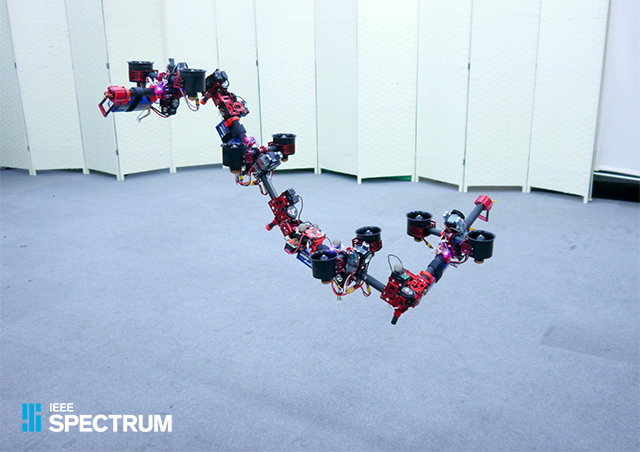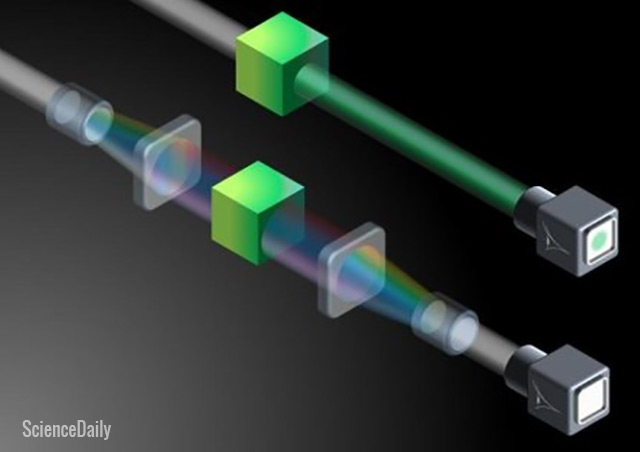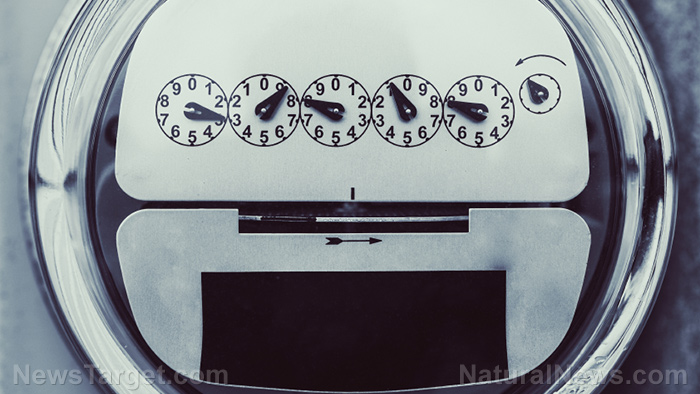Researchers record the most detailed atomic movie of gold melting
09/12/2018 / By Edsel Cook

Most people record special events with the cameras on their smartphones. Researchers tapped one of the world’s fastest cameras to make an ultra-detailed atomic movie about the behavior of gold atoms while a laser is melting the metal, an article in Science Daily stated.
Why go to such lengths? The movie provides an atomic-level view of a metal as it melts into a liquid. A better understanding of the melting process could benefit materials that must withstand extreme conditions. This includes the materials that make up metal processing plants, spacecraft bodies, and especially fusion power reactors.
Extremely durable materials are vital to practical fusion power. The process that powers the stars, fusion could provide unlimited amounts of clean electricity if it is successfully duplicated on Earth.
The materials that make up a fusion reactor must be able to withstand the massive amounts of heat and radiation that are found in the Sun. (Related: British company successfully tested its prototype nuclear fusion reactor at temperatures hotter than the Sun.)
Ultra-fast camera catches every frame of the melting process
In the melting process experiment, the researchers bombarded gold crystals with a laser beam. They used the ultra-fast electron diffraction (UED) camera to take snapshots of the atomic structure at different points of time after the laser hit it. The individual shots were combined to form a stop-motion movie clip of the entire process.
“Our study is an important step toward better predictions of the effects extreme conditions have on reactor materials, including heavy metals such as gold,” reported Mianzhen Mo, an SLAC National Accelerator Laboratory researcher and one of the authors of the study. He explained that knowledge of the melting process at the atomic level improves their accuracy at predicting cracks, failures, and other kinds of damage in the materials over time.
Mo and his colleagues made full use of the laboratory’s high-speed electron camera to record the melting gold. The device’s rapid shutter speed lets it track the movement of atoms during the briefest of intervals.
The SLAC researchers found out that the melting process began at the surface of the tiny grains of gold and the boundaries between them. The gold atoms in the surface are organized into neat little crystals.
Researcher Siegfried Glenzer noted that this melting behavior used to be completely theoretical. The research team’s new observational method was able to observe, record, and prove the behavior for the first time.
Some parts of gold crystals melted faster than other parts
SLAC researcher Zhijang Cheng, another co-author of the study, said the gold crystals started to shift from solid to liquid at the seven or eight trillionths of a second after the laser beam hit the sample. However, the metal did not liquefy everywhere simultaneously.
“Instead, we observed the formation of pockets of liquid surrounded by solid gold,” Cheng noted. “This mix evolved over time until only liquid was left after about a billionth of a second.”
Another feature of the UED camera became important at this point. The electron beam used by the device was very energetic and gave off a strong signal.
The laser pretty much destroyed the sample during the experiment. Even if the gold could be cooled down, it would no longer possess its original structure as some of it had been boiled away.
Therefore, the researchers used a single-shot experiment, where the electron beam passed through the gold sample just once. During that shot, they grabbed every bit of data on the structure of the sample. They did this for every frame of the atomic movie in order to maximize the data they collected.
Get more articles about the latest scientific studies on important materials at Discoveries.news.
Sources include:
Tagged Under: atomic movie, breakthrough, crystals, discoveries, fusion, fusion reactor, future science, gold, lasers, materials research, materials science, melting gold, melting point



















